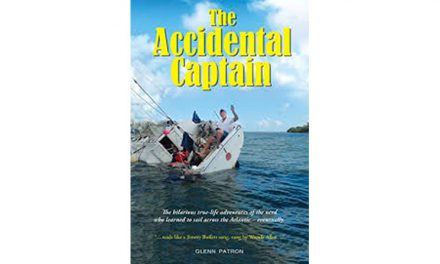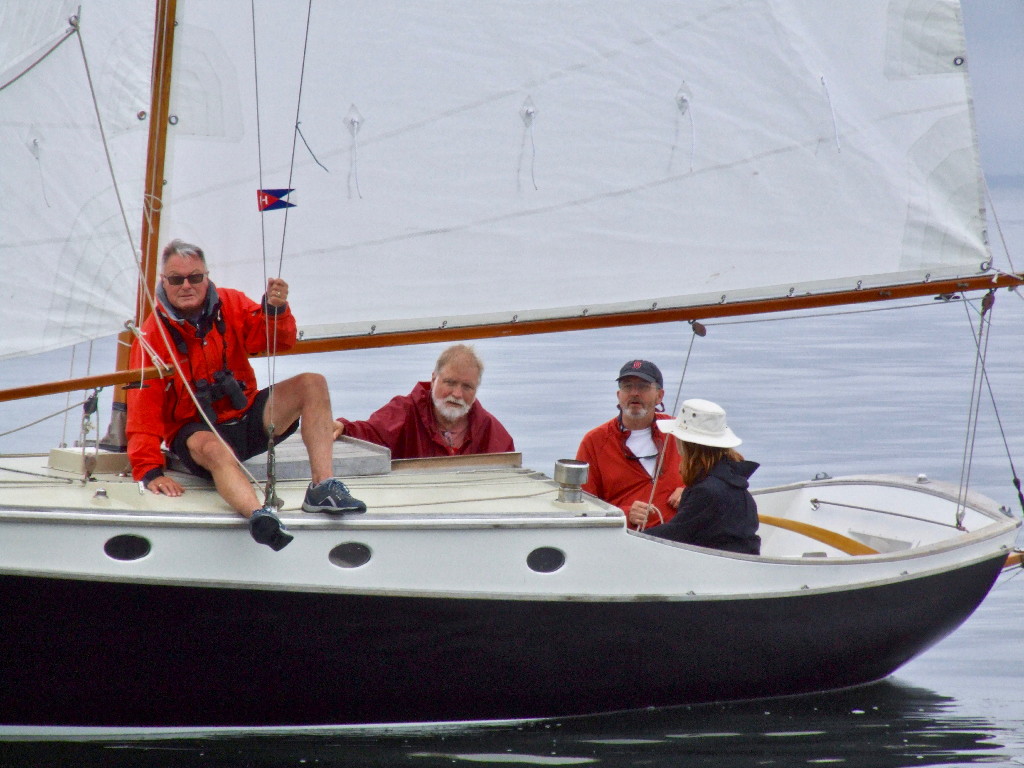 The United States Coast Guard has rescued more than a million people since its founding over 200 years ago. Most folks know about the Coast Guard rescue services. Boaters generally also know that the Coasties provide boating safety courses, license mariners, and inspect recreational, commercial, and fishing vessels. Not to mention flying around in those orange helicopters, making their presence generally known.
The United States Coast Guard has rescued more than a million people since its founding over 200 years ago. Most folks know about the Coast Guard rescue services. Boaters generally also know that the Coasties provide boating safety courses, license mariners, and inspect recreational, commercial, and fishing vessels. Not to mention flying around in those orange helicopters, making their presence generally known.
David Helvarg, author of Rescue Warriors: The U.S. Coast Guard, America’s Forgotten Heroes, introduces additional Coast Guard roles in safety, security, and stewardship that may be unknown to many readers. For example, their duties are not blue water only. It is the “Inland Coast Guard” that responds when there is flooding or tornadoes in the Midwest, or a highway bridge collapses. They are also responsible for icebreaking operations on the Great Lakes. They cover a huge area. The U.S. Coast Guard’s largest district, the Eighth District, serves the heartland, protecting 1,200 miles of coastline and 10,300 miles of inland navigable waterways. Covering 26 states, the Eighth District ranges from the Appalachian Mountains and Chattahoochee River in the east to the Rocky Mountains in the west, and from the U.S. – Mexico border and the Gulf of Mexico to the Canadian border in North Dakota.
As a multifaceted branch of our military, the Coast Guard:
- maintains buoys, lighthouses and other aids to navigation
- investigates maritime and bridge accidents
- enforces fishing and mammal protection laws
- inspects offshore energy production facilities
- seizes illegal drugs and migrants at sea
- conducts waterfront security patrols and directs port traffic
- responds to environmental concerns, including oil spills and water pollution
- works with foreign coast guards
- fights in foreign wars
- supports scientific research at sea
Of particular interest is the training of the helicopter pilots; the mechanics who maintain the choppers, run the hoists, and direct the pilots during a rescue; and the rescue swimmers. The Coast Guard’s standardized training is now so advanced that crews can be mixed and matched as needed. A pilot based in Florida and a swimmer stationed in Texas can operate as smoothly as a crew that has been flying rescues together for years.
Helvarg has amassed a great deal of information, from the establishment of the Revenue Cutter Service in 1790 to the present-day challenges the Coast Guard faces in the wake of 9/11. The flow of the book, however, is hindered due to a preponderance of lengthy sentences overflowing with punctuation. In addition, it is somewhat disconcerting in a nonfiction book written in the third person to have Helvarg periodically insert himself onto the pages. It is particularly jarring when that commentary consists of frequently unflattering opinions about government agencies, prominent officials, and the other branches of the military. His digression to tell the reader of the “whore bar” he frequented in Belize probably wasn’t necessary either.
Nevertheless, this book offers some great information. Ignore the opinions and enjoy this tribute to the men and women who respond to more than 125 distress calls every day.
Rescue Warriors By David Helvarg (St. Martin’s Press, 2009; 384 PAGES)




